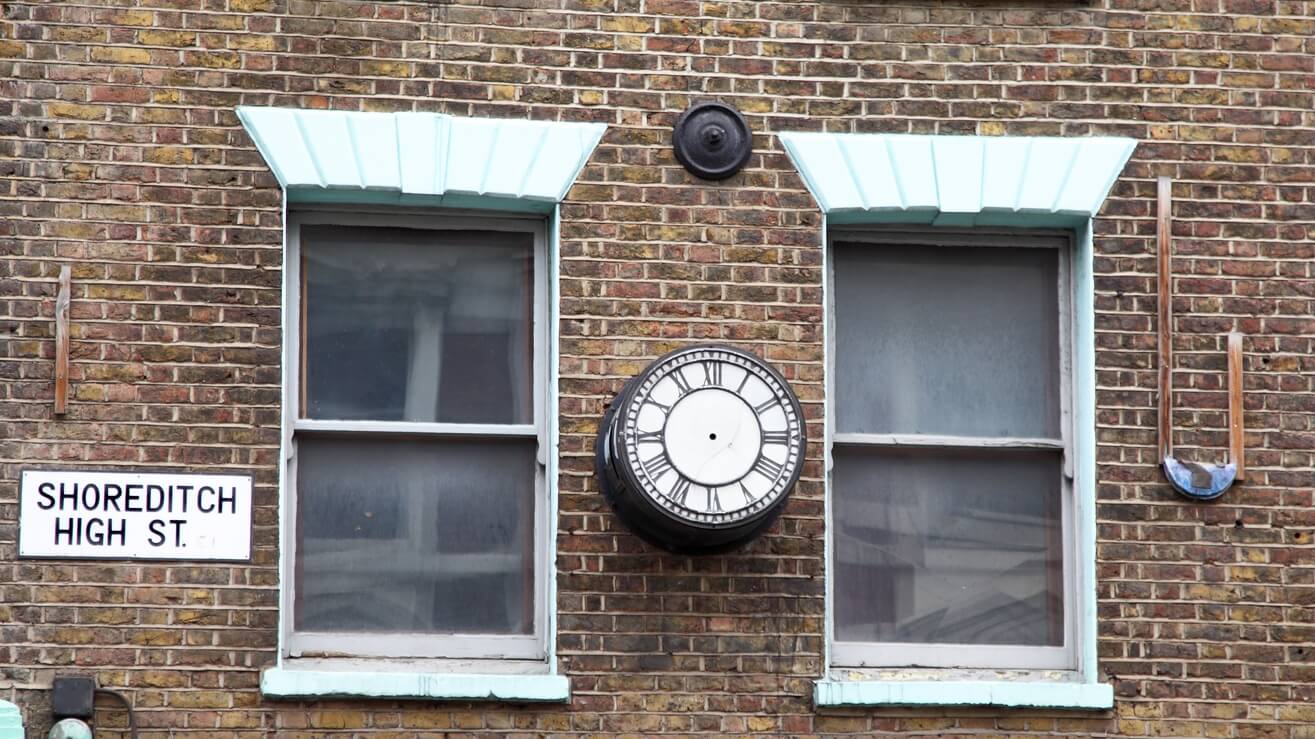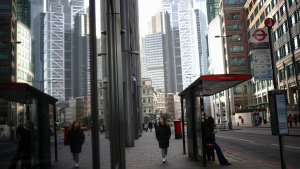Are East London's Tech Firms Migrating West?
A handful of businesses have outgrown their start-up roots and moved to the City.

The usual answer to where to call ‘home’ for your cutting edge start up (once you’ve moved it out of your parents’ garage, of course) is to make yourself a base in East London’s tech fringe.
Shoreditch, Old Street, Silicon Roundabout and Tech City have become the Mecca for start-ups seeking co-working, shared offices and accelerator or incubator spaces and, most of all, workplaces that offer flexible leases and the opportunity to be around like-minded people.
If the ever increasing rents proved to be too steep, perhaps you would look slightly further out - Haggerston, Hoxton, Dalston or Stratford. But once you are looking to scale-up, focused on expansion and with more stable income, then your outlook on location will be different. The question is: where now?
Those tech companies that are scaling up often grow beyond their Shoreditch roots – and indeed the space available in the East End’s older buildings – and find themselves in new office territory. At the end of last year, Deliveroo opened new offices near Cannon Street and Amazon will shortly be calling Liverpool Street ‘home’ with over 500,000 sq ft of offices.
Prime rent costs in Shoreditch are one of the factors in this decision. JLL’s data for the last quarter of 2016 show that rents in Shoreditch, at £70 per sq ft, are now higher than those in the City Central submarket.
From April 2017 the business rates revaluation will further increase occupational costs significantly - rates could rise from £12 per sq ft to as much as £28 per sq ft - comparable to the best space in the central City area.
However, rising costs in these tech and start up hotspots only go some of the way to explaining why tech companies are starting to look at these less traditional locations.
The fact is, as tech start-ups grow in confidence and size, and transform into more mature businesses, they are gravitating to more corporate locations, aligning themselves with the financiers and lawyers that have traditionally called the City ‘home’.
Businesses worth millions of pounds need more than just a few code writers to run smoothly. They need in-house lawyers, communications experts and accountants. Not only do they need to be able to attract the right seniority of staff in these fields, they need offices with specification and amenities capable of housing them.
Shoreditch, with its converted warehouses and crowded Victorian streets, has few buildings that can offer the quality of space required. The City, with its high level of base build specification, supply pipeline and ever increasing restaurant and retail offering is well positioned to attract an entirely new audience.
In addition, and somewhat surprisingly, internet speeds in Shoreditch are notoriously bad and power is an increasing issue. The City’s recent focus on improving internet speed therefore offers welcome relief for tech firms for whom reliable connections are crucial.
The type of work these firms are doing, as well as their client list, is slowly changing too. Technology is proving a disruptor to even the most traditional of industries and the techies are working ever more closely with existing City firms.
We only need to look at the use of blockchain by insurers, the number of banks with plans to offer robo-advice, and the use of Artificial Intelligence in the legal industry to appreciate this. On one level, tech companies are simply moving towards their customers.
It’s also not just the City location’s proximity to clients that is an attraction. At a more human level, for the majority of employees who will travel in to work via public transport, the City offers quicker transport to a wider range of areas and access to a number of tube lines, overground and bus routes.
The arrival of Crossrail – the Elizabeth Line – into Liverpool Street in 2018 will also open up the area with faster connections from across London.
This trend of tech firms branching out into the City is likely to continue. The cultural impact of this new breed of tech firms will be hard to miss and as banks and law firms themselves become increasingly driven by technology and looking to employ those working within the tech space, perhaps we might even see some merging of the best of both worlds.
This article was written jointly by Andrew Barnes, head of tenant representation at JLL and Matthijs Weeink, director and head of business location consulting at JLL.
Thanks for signing up to Minutehack alerts.
Brilliant editorials heading your way soon.
Okay, Thanks!


